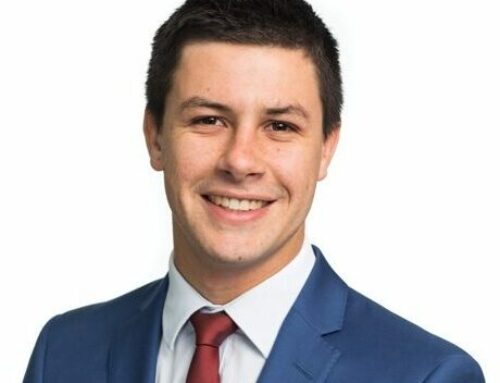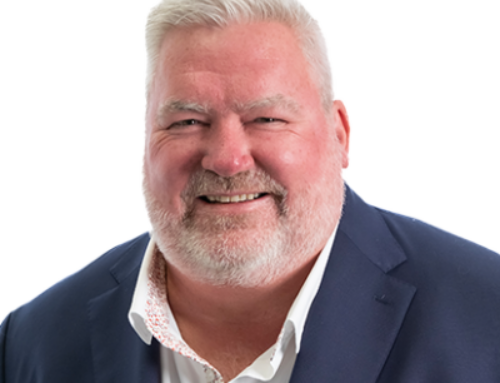Why acoustics?
I was inspired by my university professors to specialise in acoustics. The projects they had in mind for me to delve into (20 years ago!) were in the areas of medicine (non-invasive surgery and active organ encapsulation) and materials science (metamaterials). The potential application of acoustics and its impact on these and other disciplines had me hooked! I knew then that I wanted to pursue a career in acoustics.
Tell us about a significant learning in your career?
A project early in my career involved the incorrect application of an impact isolation material, only been picked up a week before project completion.
5 of our team had carried out random tests in the hotel building over the course of construction. It turned out that the 40 rooms tested were the only ones that had passed the performance requirements. The rest didn’t. We re-tested each room in the development twice, just to be sure, and still returned a failed result.
After 48 hours on-site trying all sorts of solutions, we ripped out the finished bathroom tiles in several rooms and worked out the specified thickness of material wasn’t installed consistently throughout or quality assured by the contractor. Miraculously, it was only installed correctly in the spaces we’d tested.
Prior to this project, our team had a perfect record.
Some of my key takeaways were:
- Don’t expect a perfect track record forever. And be prepared to respond quickly with solutions.
- Test more than the absolute minimum on a project. It’s a fine balance between risk and reward, but it’s always better to be safe than sorry.
- Never, ever, give up.
I now have a sample of the ripped-out tiles framed in my office to remind me of the learnings.
What’s an acoustics myth you’d like to debunk?
Just put some acoustic fluff on the wall…
Acoustic fluff (acoustic panels or insulation) isn’t the silver bullet that fixes all acoustic problems. Doubling the amount of absorption in the space, costing quite a bit, generally reduces the noise level within that space by 3 decibels – a just noticeable change in noise level. This isn’t the right solution to reduce noise or a good investment.
There’s a huge difference between noise isolation and spatial acoustics. Noise isolation requires architectural design input which could extend to the walls, floors, doors and ceilings. Spatial acoustics has more to do with sound quality and improving the acoustics in a space – this is where ‘acoustic fluff’ can make all the difference. Being able to decipher the problems people are experiencing on-site is part of the art of being a great acoustic consultant.
What professional relationships do you value the most?
Undoubtedly, our teams and the people we work with day in and day out. Not a day goes by that I don’t learn something new or am inspired by something I hear or see from my colleagues.
What does Making Spaces Work mean to you?
I believe it means exactly that – never compromising or giving up on ensuring the spaces we design actually work for the people we designed them for in the first place.
Tell us why acoustics is so important in the built environment – how can acoustics make or break a space?
Like most other disciplines, acoustics isn’t usually a priority until people become aware that it’s a problem. Most of us would lose it if a lift took more than 2 minutes to arrive, if it’s too cold or hot in the office or if we were getting headaches and eye damage from the lux levels (lighting).
Similarly, we want our kids, their teachers and support staff to have an acceptable level of speech intelligibility at the schools they attend. We need our privacy protected when at a clinic or visiting a doctor. We need to ensure the entertainment spaces and systems we design have minimal acoustic impact on their neighbours and don’t keep them up all night.
There are countless examples of issues when acoustic considerations aren’t considered in architecture and building services. Ignoring acoustics can easily translate to environments that elevate occupant stress levels, have significant health impacts or even spaces that can’t be used for their intended purpose.
Give us an overview of your team, areas of expertise and the range of projects you work on?
We’ve been offering acoustic services at NDY since 2000 and our group has accumulated a significant amount of experience on a wide range of projects.
The NDY acoustic team are specialists in:
Building services acoustics: covering all of our engineering disciplines
Spatial acoustics: designing spaces so the speech, music or other sources sound optimal
Building acoustics: architectural and structural acoustics
Environmental acoustics: the impact on communities and the environment.
Software development: our app AiHear – the world’s first iOS truly portable acoustics auralisation application.
We were pretty excited when we joined Tetra Tech and found out we weren’t the only acousticians in the group. We now have over 150 acousticians globally.
As a group, we’ve carried out over 20 technical presentations covering a wide range of acoustic topics highlighting the very deep and broad capability of this group of amazing individuals. We’ve also had the opportunity to guest lecture at universities in the US (virtually) and regularly collaborate on work globally.
The expansion of our global team through Tetra Tech means we now have the opportunity to service underwater acoustics, eco-acoustics, windfarm and solar-farm noise management and other very exciting project opportunities.










